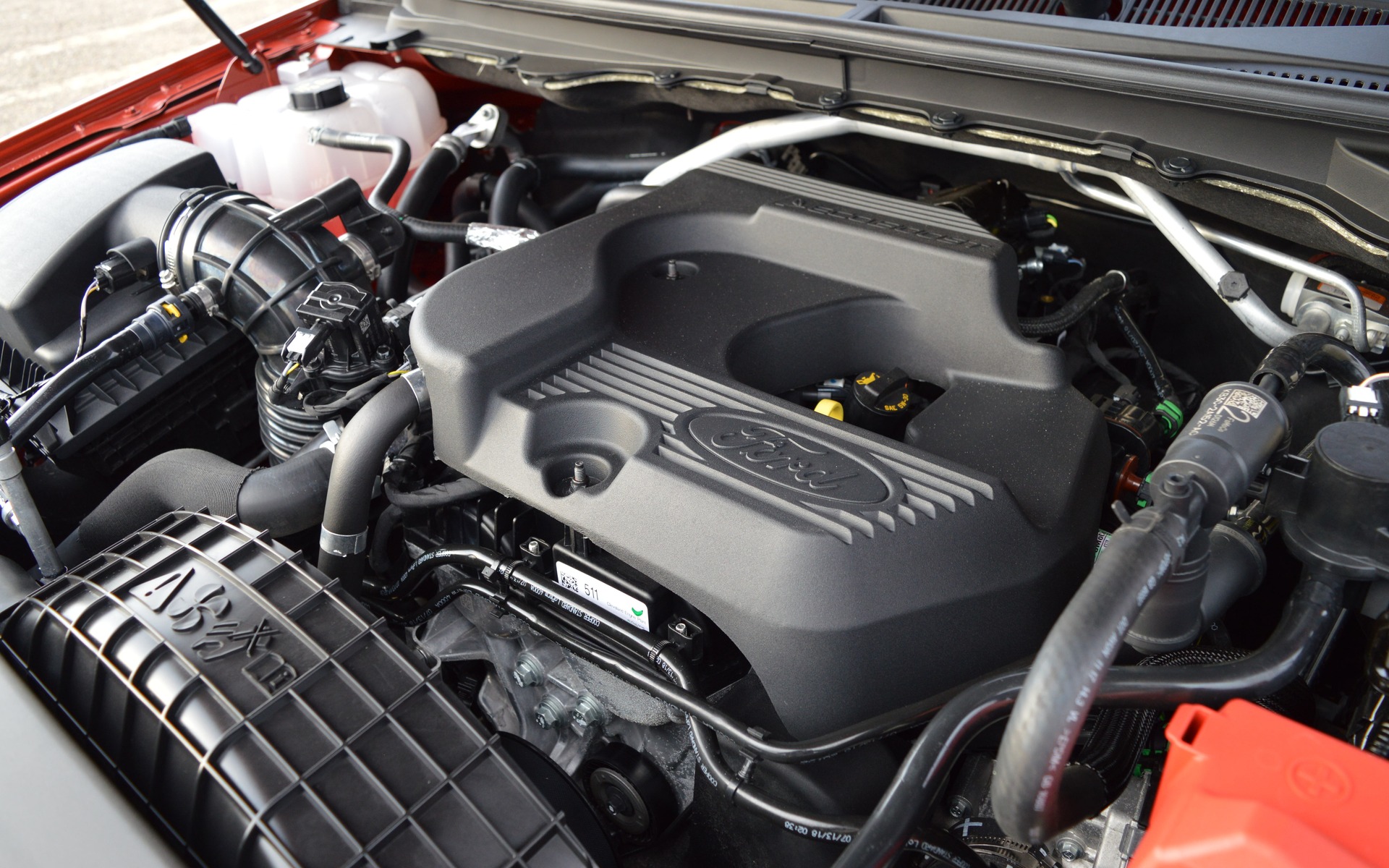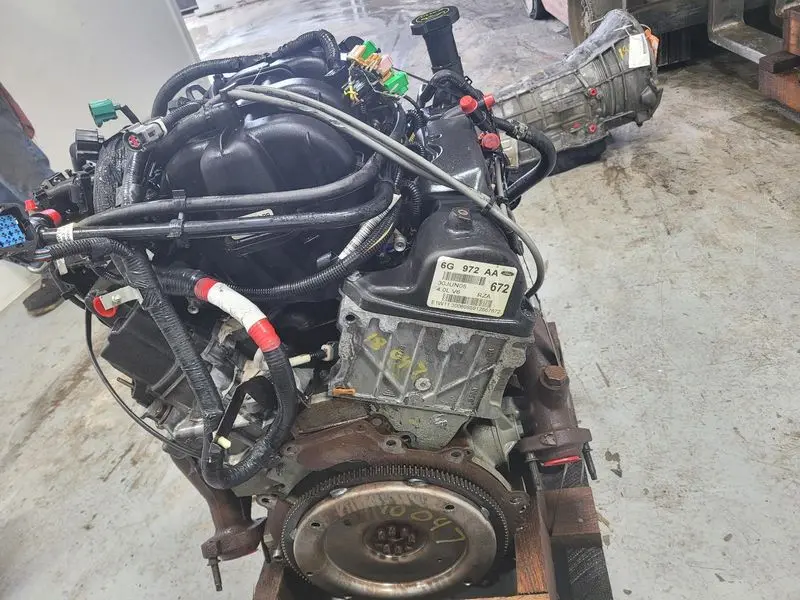Understanding the Essentials of Automobile Engines: Functions, types, and features

Overview of Automobile Engines
An automobile engine works as the heart of an automobile, transforming fuel right into mechanical power to move it onward. This complex system consists of various parts that work in unison to guarantee optimal efficiency and efficiency. The essential procedure of an auto engine includes the internal burning procedure, where gas and air are blended, sparked, and gotten rid of to develop power.
The engine's style can substantially influence its performance, fuel effectiveness, and exhausts. Key elements include the cyndrical tube block, pistons, crankshaft, and camshaft, each playing an important function in the engine's overall feature. The cylinder block houses the cyndrical tubes where combustion happens, while the pistons transform the eruptive power from combustion right into linear motion. This movement is then changed right into rotational energy by the crankshaft, making it possible for the lorry's wheels to transform.
In addition to these parts, engines often utilize numerous systems such as gas injection, ignition, and cooling systems to boost efficiency and long life. Understanding the fundamental auto mechanics of vehicle engines is essential for performing and detecting concerns maintenance, eventually adding to the car's integrity and efficiency gradually.

Sorts Of Automobile Engines
Automobile engines can be classified into several types based upon their design, fuel kind, and operational concepts. 2.2 ford ranger engine. The most typical groups include internal combustion engines (ICE), electrical engines, and hybrid engines
Interior combustion engines, which can be further split into gasoline and diesel motor, run by firing up a fuel-air mixture to create power. Gasoline engines are commonly lighter and smoother, while diesel engines are extra fuel-efficient and deal better torque.
Electric engines make use of electric power kept in batteries to power an electrical motor, offering instantaneous torque and absolutely no discharges during procedure. As modern technology advancements, electrical cars (EVs) are significantly coming to be preferred for their ecological advantages and reduced running expenses.
Crossbreed engines incorporate aspects of both internal burning and electric engines, enabling adaptable power sources and boosted gas effectiveness. They can operate in different modes, making use of either the fuel engine, the electrical motor, or both simultaneously.
Each sort of engine has distinct benefits and disadvantages, affecting their application in various vehicle types and market segments, from portable vehicles to heavy-duty trucks. Understanding these kinds is important for making educated decisions pertaining to automobile option and efficiency expectations.
Engine Features Discussed
Understanding engine functions is vital for understanding just how cars operate successfully. At the core of any kind of interior combustion engine exists the essential process of transforming fuel into mechanical power.
The ignition takes place next, sparking the blend and producing a rapid development of gases. This force drives the piston down throughout the power stroke, which ultimately equates into the rotational motion of the crankshaft. The exhaust stroke after that gets rid of the spent gases from the chamber, making method for a new cycle to begin.
In addition to these key functions, engines additionally incorporate systems that manage cooling and lubrication, making sure optimum functional temperatures and decreasing rubbing between relocating components. This complex interplay of functions makes it possible for the engine to generate the power required for lorry propulsion moved here while maintaining efficiency and dependability. Understanding these features gives beneficial understanding right into the complexities of automobile engineering and improves the ability to identify and deal with engine-related problems successfully.
Trick Engine Functions
Engine design incorporates numerous essential functions that considerably influence longevity, effectiveness, and performance. One of the most essential aspects is the engine arrangement, which includes inline, V-type, and flat layouts. Each arrangement influences the engine's power, dimension, and equilibrium output, consequently impacting general car dynamics.
Another important function is the engine displacement, referring to the total quantity of all cylinders. Bigger displacements usually yield even more power yet may endanger fuel performance. Engine products also play an essential role; lightweight and high-strength products, such as aluminum and magnesium alloys, boost efficiency without adding extreme weight.
The kind of gas injection system used-- such as straight or multi-port shot-- influences burning performance and discharges. Turbocharging and supercharging are features that improve engine performance by compeling added air into the burning chamber, increasing power output without dramatically increasing engine size.
Lastly, the visibility of innovative engine administration systems maximizes fuel-air mix and ignition timing, contributing to smoother operation and far better gas economy. Collectively, these attributes define an engine's capabilities, establishing the structure for its performance and long life in a competitive automotive landscape.
Upkeep Tips for Engines
Proper engine upkeep is crucial for making sure ideal performance and long life, as ignoring regular treatment can cause substantial concerns down the line. To keep your engine properly, begin with routine oil changes, normally every 3,000 to 7,500 miles, depending on the sort of oil made use of. Fresh oil lubes engine elements, minimizing friction and wear.
Furthermore, monitoring coolant degrees is crucial to prevent overheating. Make sure that the coolant is covered up and remains in great problem to maintain reliable temperature level regulation. Routinely inspect and change air and gas filters, as stopped up filters can prevent airflow and fuel distribution, compromising engine effectiveness.
Moreover, pay focus to ignition system and ignition systems. Worn or malfunctioning spark plugs can lead to misfiring and decreased efficiency. Inspecting the battery terminals and connections for deterioration is you could look here additionally crucial, as a weak battery can affect engine starting.

Conclusion
In summary, a thorough understanding of automobile engines includes various types, functions, and crucial attributes that considerably affect vehicle performance. Internal burning engines, in addition to electrical and hybrid choices, show diverse systems for energy conversion. 2.2 ford ranger engine. Recognizing the necessary functions, such as consumption and exhaust cycles, together with critical engine functions like setup and gas shot systems, outfits auto owners with the knowledge essential for effective upkeep and operation, eventually improving automobile durability and effectiveness
A vehicle engine visit homepage serves as the heart of a vehicle, transforming gas right into mechanical power to push it onward. The fundamental operation of a car engine entails the interior burning process, in which gas and air are blended, ignited, and expelled to produce power.
On a regular basis change and evaluate air and gas filters, as clogged up filters can prevent air movement and gas shipment, compromising engine effectiveness. - 2.2 ford ranger engine
In recap, a comprehensive understanding of cars and truck engines encompasses various types, functions, and essential functions that substantially affect vehicle performance. Recognizing the necessary features, such as consumption and exhaust cycles, together with important engine functions like setup and gas shot systems, furnishes automobile proprietors with the expertise needed for effective upkeep and procedure, eventually improving lorry longevity and effectiveness.